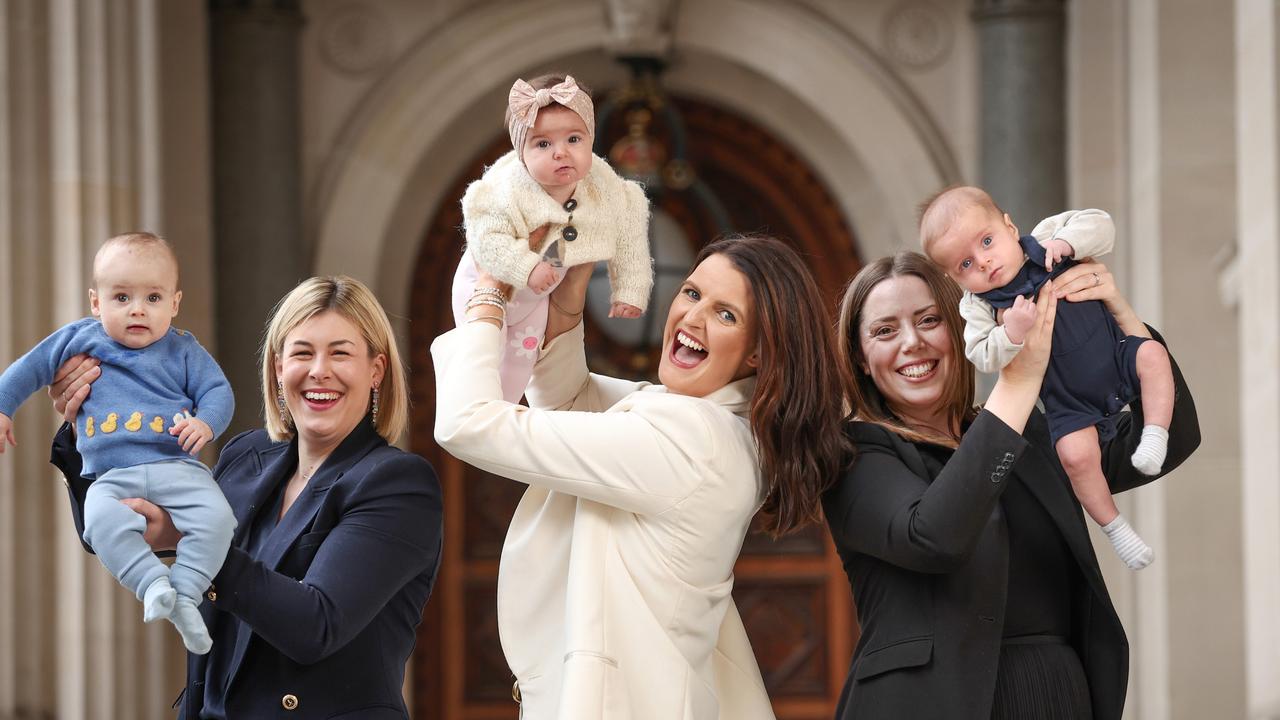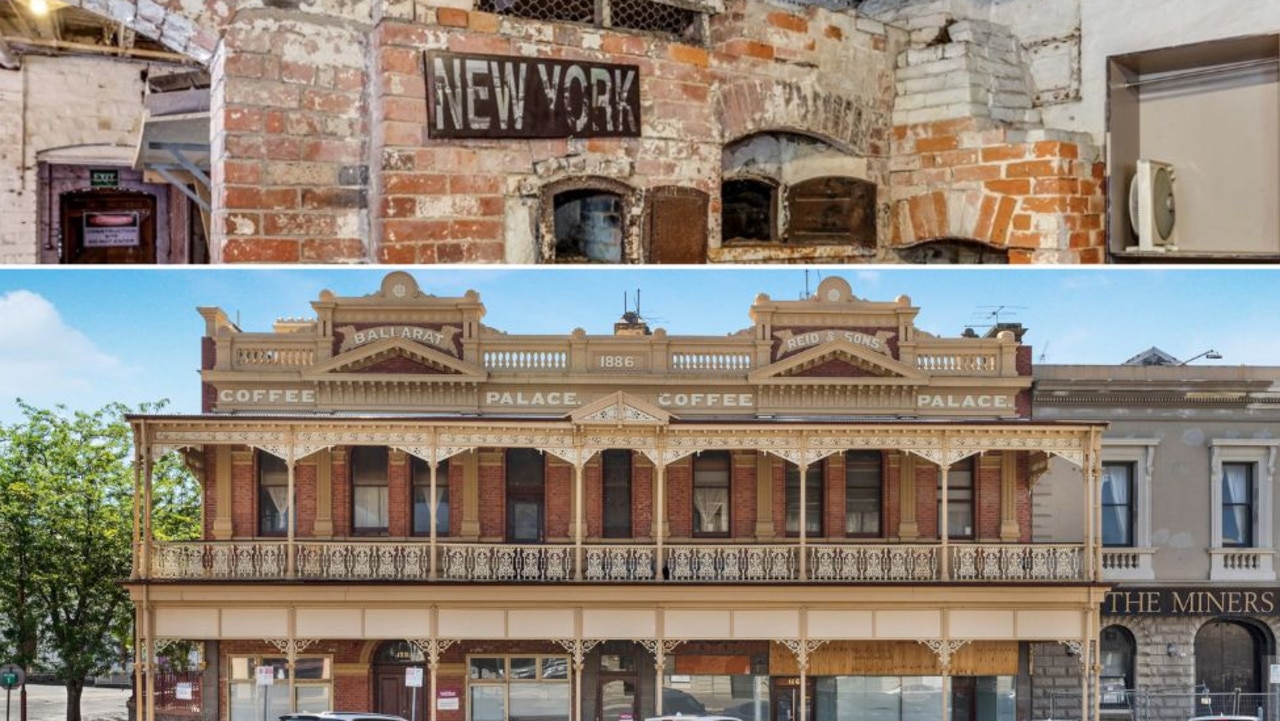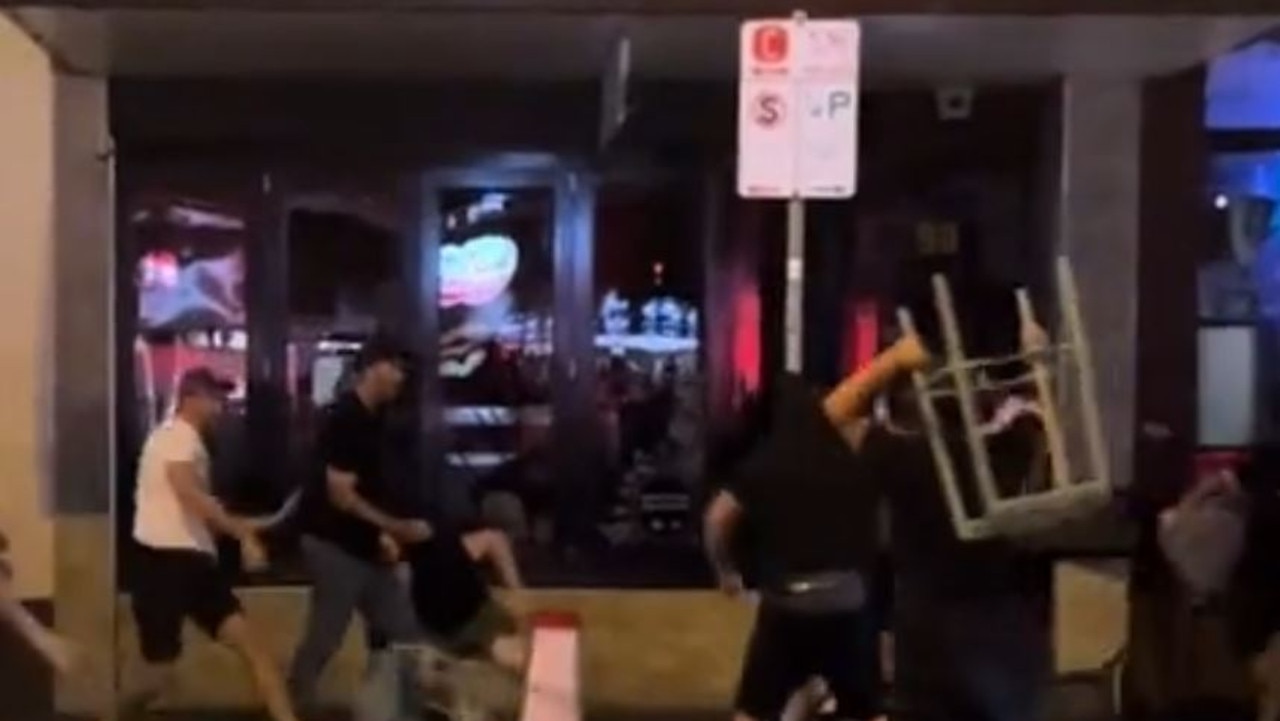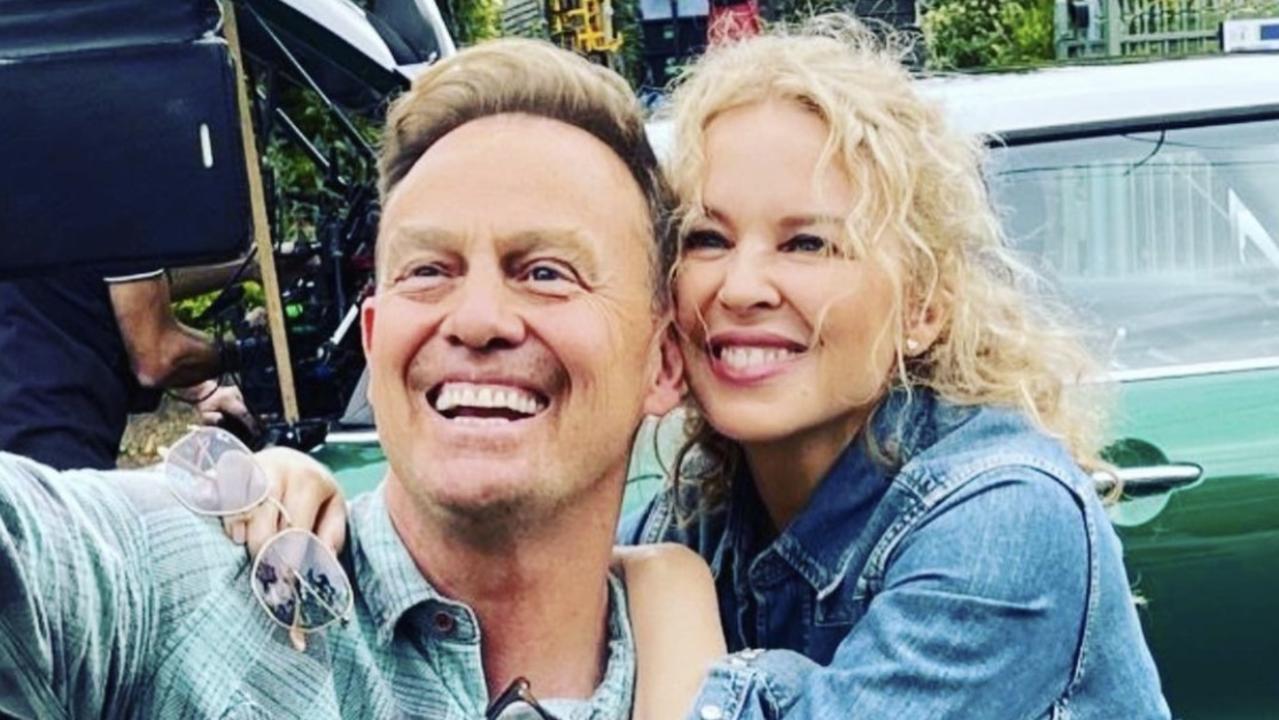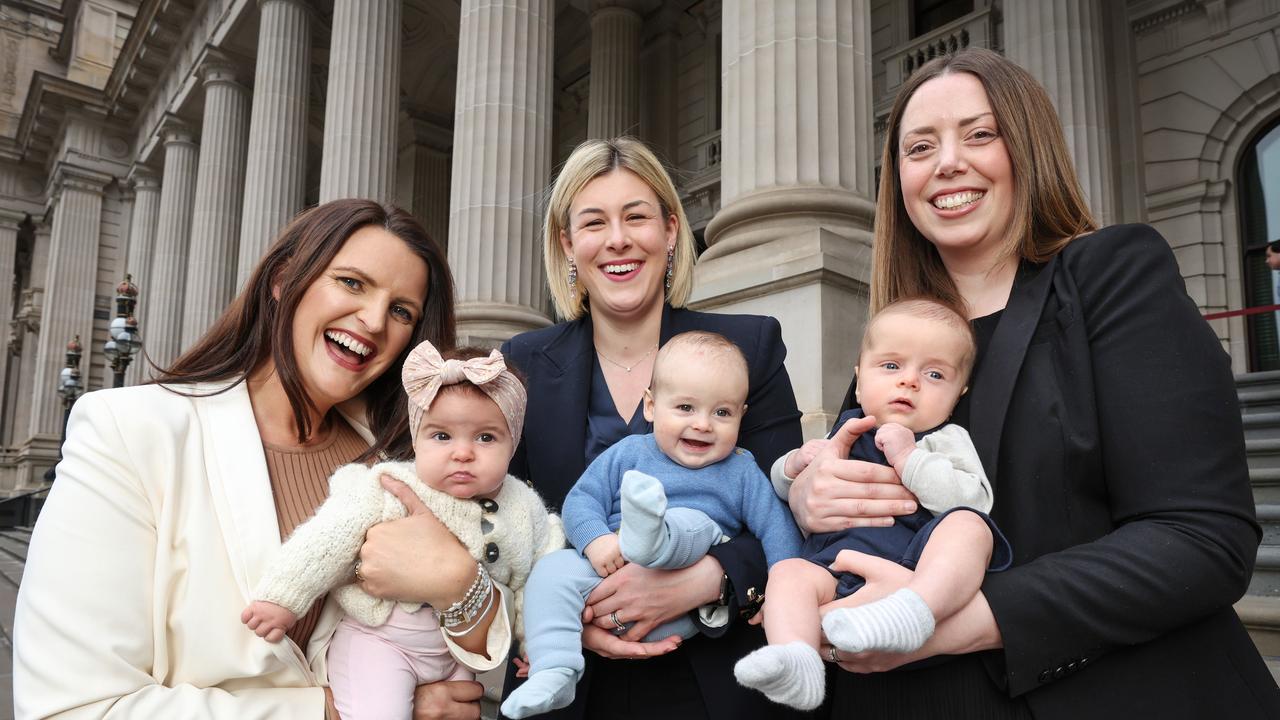Allan govt forges ahead with high-rise suburban tower plans, but pulls back on height limits
The Allan government has walked back plans to squeeze six-storey developments into quiet suburban streets. But high rise towers are still coming to a suburb near you.
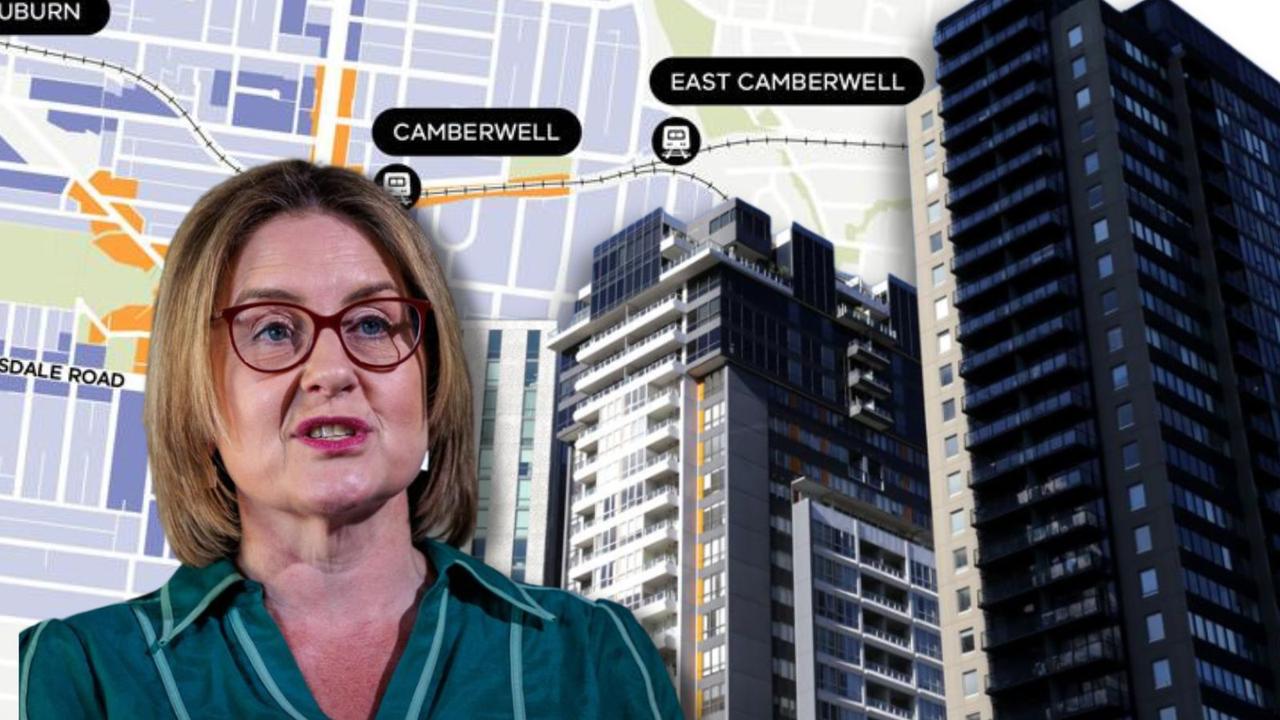
Victoria
Don't miss out on the headlines from Victoria. Followed categories will be added to My News.
The Allan government has backed down on plans to squeeze six-storey developments into quiet suburban streets as part of its highrise tower rollout, following fierce community feedback.
Final plans for high rise apartments in 10 suburbs around Melbourne have been released by the state government, allowing for much greater density around rail and jobs hubs.
The tallest towers of up to 20 storeys will be fast-tracked in Ringwood in Melbourne’s east, while up to 16 storeys will be allowed in Frankston in the southeast.
Locals will have no power to appeal the suburban high rises in the ‘core’ of what the government has dubbed “activity centres”, but will be able to object to lower-level developments in surrounding catchment zones.
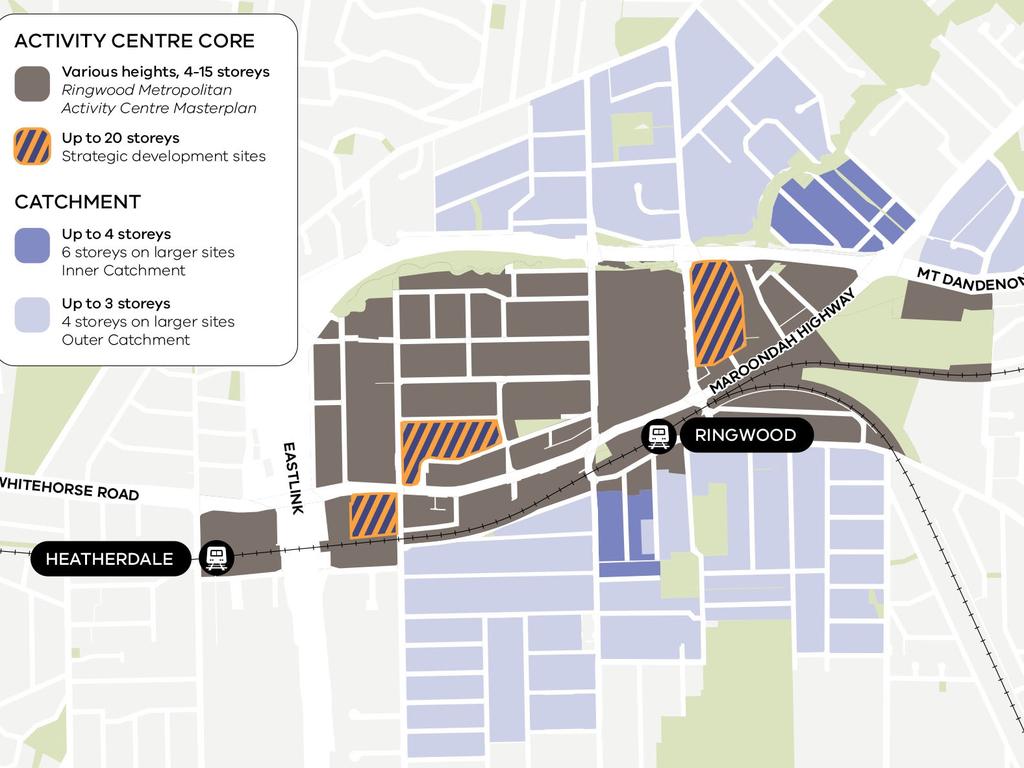
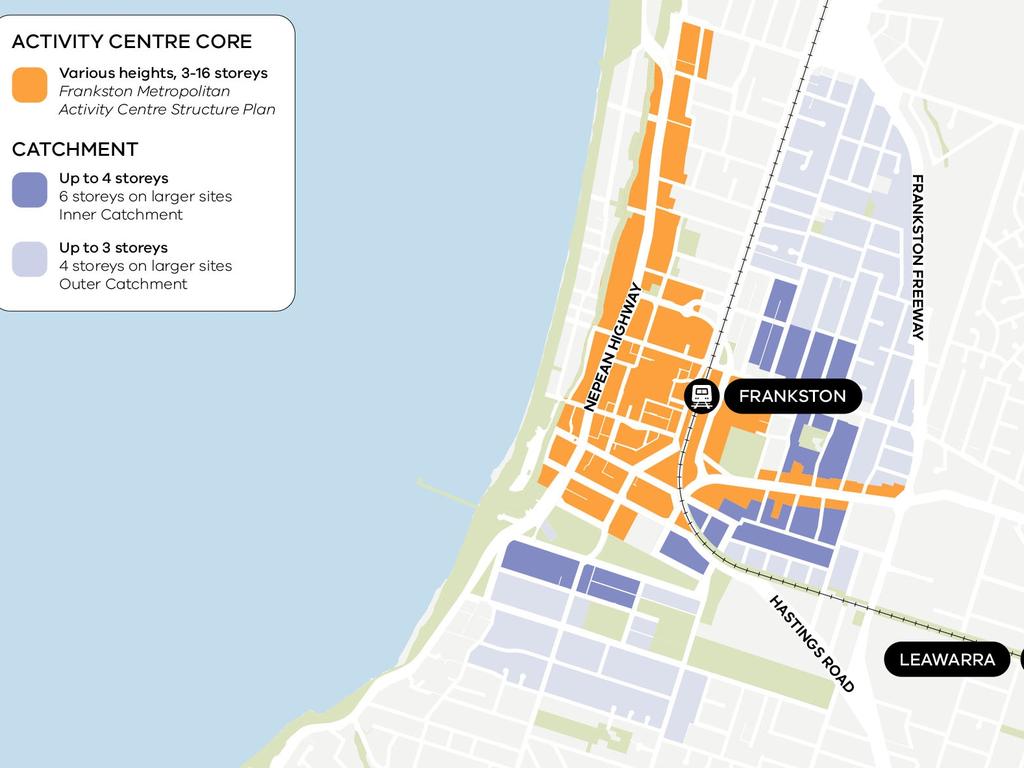
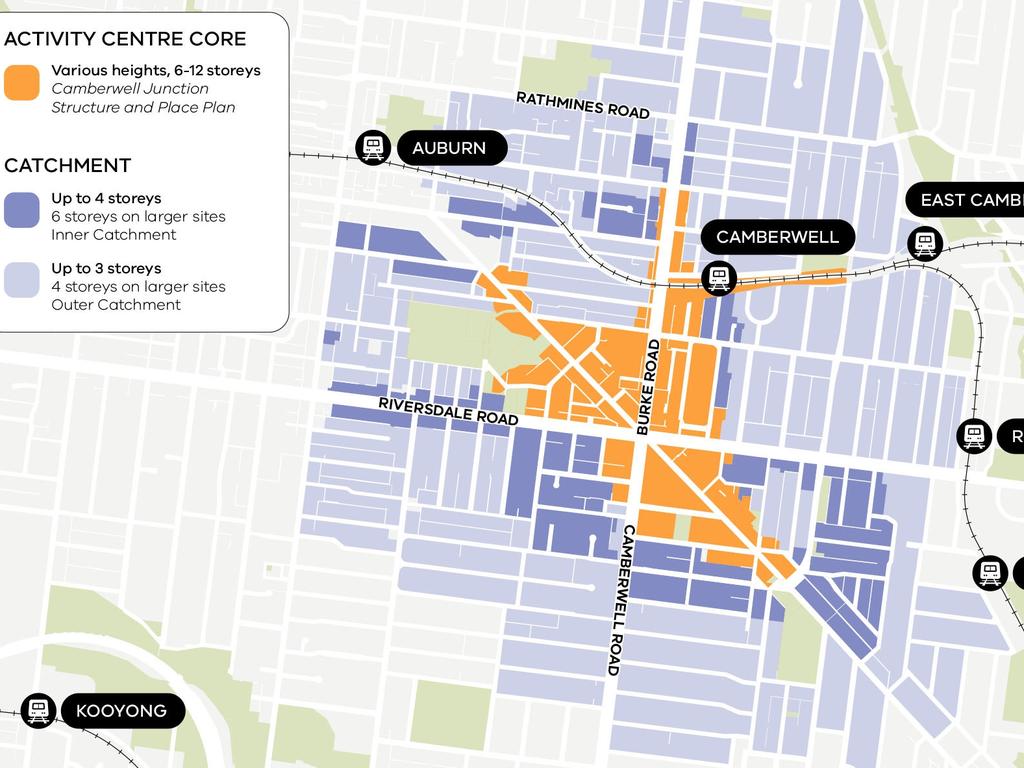
A further 25 activity centres, including in Brighton, Footscray and Hawthorn, are still being planned, but have met resistance from some locals, who have accused the government of trying to steamroll residents and destroy local character.
Premier Jacinta Allan, who was heckled on Church St Brighton by angry locals at the time, said the radical plan to build suburban towers was the only way to escape the state’s housing crisis.
“The status quo won’t cut it,’ she said.
“We want more homes for young people and workers close to jobs, transport, and services – so they can live where they want, near the things they need and the people they love.”
But in a major walk-back, the government has shrunk the size of ‘catchment zones’ around the first 10 high rise suburban hotspots following “street-by-street and step-by-step analysis” of what is realistically considered a 10-minute walk from transport hubs.
And height limits, which were originally up to six storeys across an 800m zone, have been watered down following community and council backlash, with the “activity centres” now split into three zones based on the number of storeys.
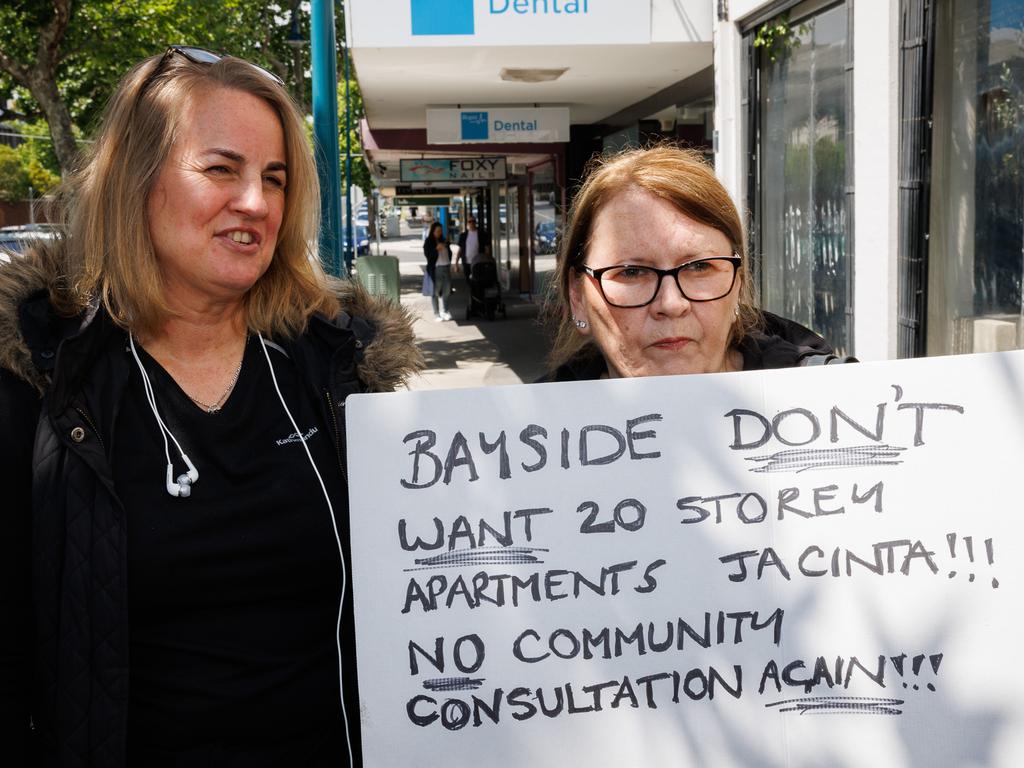
High rises will soar in the ‘core’ followed by four to six storeys in the inner catchment and three to four in the outer catchment.
A government spokesman said the changes would not impact heritage overlays.
Property Council Victorian Executive Director Cath Evans said well-designed and accessible vibrant activity centres are key to delivering affordable housing options.
But she said the government should designate each activity centre a special economic zone and deliver targeted tax concessions in those areas.
“Victoria’s current tax climate is creating significant barriers to investment, and it is essential that government supports the sector by enabling much needed tax relief,” she said.
“Our Pre-Budget Tax Submission presents a clear 7-point plan, calling on the government to urgently address restrictive taxes and implement bold economic reforms to attract investment, restore market confidence and tackle the state’s housing supply crisis.”
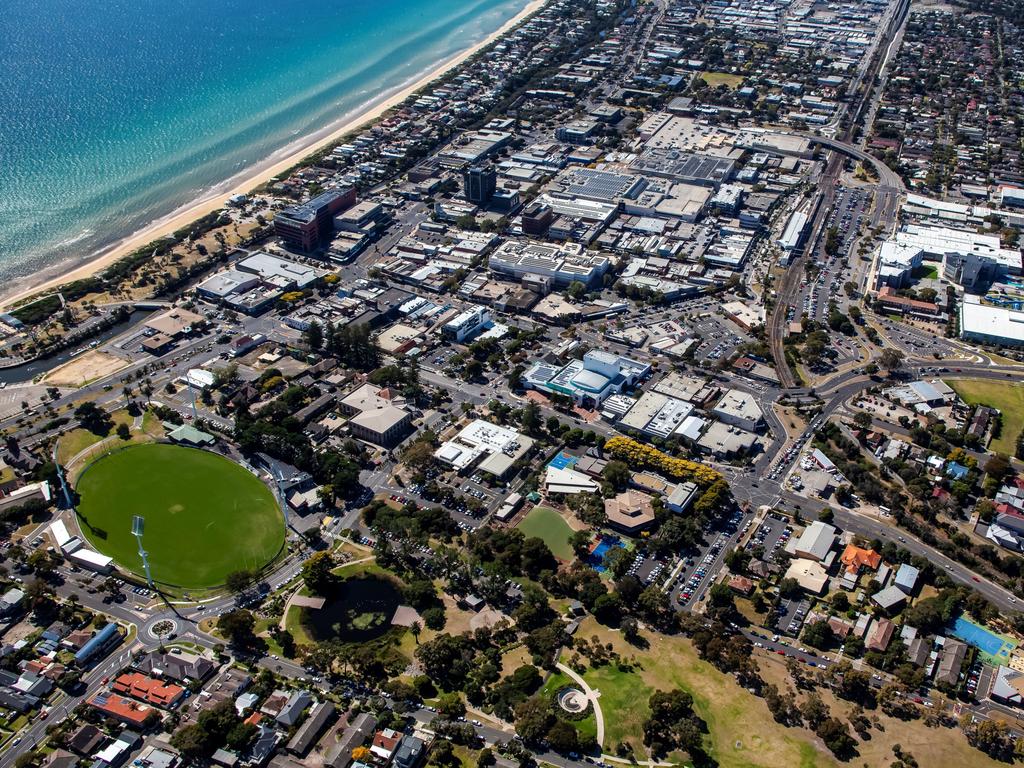
Frankston is set to become the Gold Coast of Melbourne’s bayside suburbs, with developers given the green light to build 16 storey towers along the waterfront precinct, from Davey St to Overton Rd.
The move is set to further enrage some locals who previously protested against two 14-storey high rises dubbed the “Great Wall of Frankston” which were given permits late last year.
Towers of up to 12 storeys are set to rise above shops and transport at Camberwell Junction, and in Broadmeadows, Chadstone, Epping and Moorabbin.
While a maximum of 10 storeys will be approved in Niddrie, North Essendon and Preston.
High rise proposals that meet the building height, street wall height and setback requirements will be considered ‘deemed to comply’ and fast-tracked through the often sluggish planning system.
Developers will be forced to make a contribution towards road and path upgrades, parks and open space from January 1, 2027.
Planning Minister Sonya Kilkenny said the plan, which is estimated to deliver 60,000 new homes by 2051, will give “young Victorians who are locked out of the housing market the opportunity their parents had”.
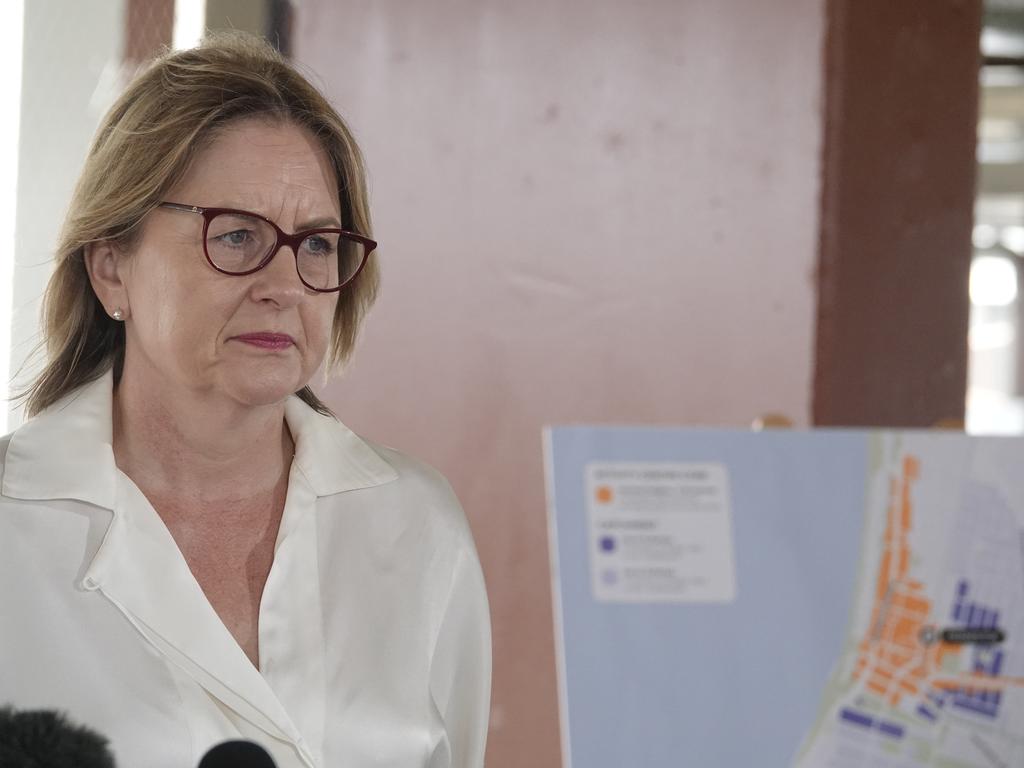
Speaking at Frankston on Sunday, Premier Jacinta Allan defended her government’s decision to scale back its suburban high rise rollout.
“We said we’d listen and we have,” she said.
“That extensive consultation and feedback has seen some key changes to our activity centres.
“There’s nothing wrong with listening to people, understanding what their priorities are and taking on board that feedback.”
Asked how the government would meet its ambitious housing targets given the changes, Ms Allan hinted at further announcements.
“We’ll have much more to say very, very soon about how we’re going to add to our activity centre program right across Melbourne,” she said.
The government has so far announced the location of 35 activity centres.
It was supposed to unveil the remaining 25 suburbs – taking the total to 60 sites – in December last year, but that has been delayed.
Ms Allan on Sunday those final locations would be announced “very soon”.
Urban Development Institute of Australia Victoria chief executive Linda Allison said the changes recognised that a “one size fits all approach won’t work”.
“Melbourne’s transition to greater density will take time and the right measures to assure existing communities, open up opportunities for new residents and to support industry to facilitate development are needed,” she said.
“The more planning certainty the better, however the success of the 70/30 split and the government’s housing targets is to provide economic certainty for industry; incentives to build in activity centres and a more favourable taxation environment.
“Project feasibility is already incredibly difficult at present. Any development contribution charges that increase the cost of delivering homes will only set back the industry’s recovery, and the success of the Housing Statement.”
Originally published as Allan govt forges ahead with high-rise suburban tower plans, but pulls back on height limits


